#george frederic watts

Edith Villiers, later Countess of Lytton who was Vicereine of India (1862)
George Frederic Watts (1817-1904)
“When we start deceiving ourselves into thinking not that we want something… but that it is a moral imperative that we have it, that is when we join the fashionable mad men.”
– Joan Didion
[Mammon, George Frederick Watts]
• Generally, writers who hold readers’ imaginations across decades do so because there’s something unsolved in their project, something that doesn’t square and thus seems subject to the realm of magic. In Joan Didion’s case, a disconnect appears between the jobber-like shape of her writing life—a shape she often emphasizes in descriptions of her working habits—and the forms that emerged as the work accrued. For all her success, Didion was seventy before she finished a nonfiction book that was not drawn from newsstand-magazine assignments. She and Dunne started doing that work with an eye to covering the bills, and then a little more. (Their Post rates allowed them to rent a tumbledown Hollywood mansion, buy a banana-colored Corvette Stingray, raise a child, and dine well.) And yet the mosaic-like nonfiction books that Didion produced are the opposite of jobber books, or market-pitched books, or even useful, fibrous, admirably executed books. These are strange books, unusually shaped. They changed the way that journalistic storytelling and analysis were done. More: https://www.google.com/amp/s/www.newyorker.com/magazine/2021/02/01/what-we-get-wrong-about-joan-didion/amp
• Watts, in common with such social commentators as William Morris, Ruskin and Carlyle, began to question the benefits and purpose of modern industry and commerce and their dehumanising effects. In 1880 he wrote, ‘Material prosperity has become our real god, but we are surprised to find that the worship of this visible deity does not make us happy.’ (G.F. Watts, 'The Present Conditions of Art’). Four years later he decided to personify this so-called deity - the evil 'Mammon’ - in paint. More: https://www.tate.org.uk/art/artworks/watts-mammon-n01630
Post link

Undine
Artist : George Frederic Watts (1817-1904)
1. Ophelia by John William Waterhouse (1910)
2. Imogen by Herbert Gustave Schmalz (1888)
3. King Arthur by Charles Ernest Butler (1903)
4. Sir Galahad by George Frederic Watts (1862)
LOTR + art (27/?)
Post link
George Frederic Watts - The Minotaur - (1885)
https://en.wikipedia.org/wiki/George_Frederic_Watts
Post link

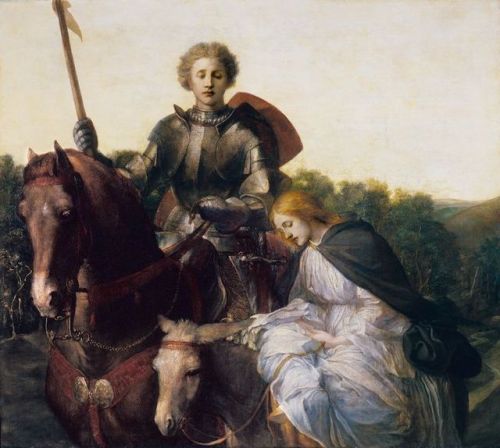
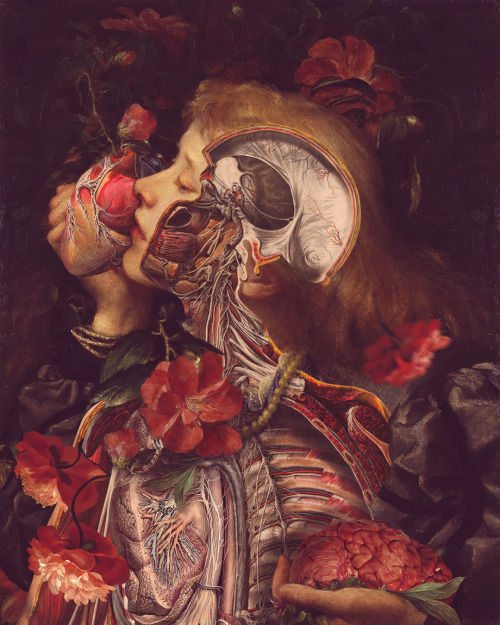

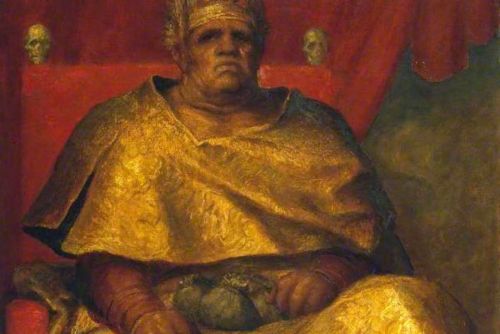


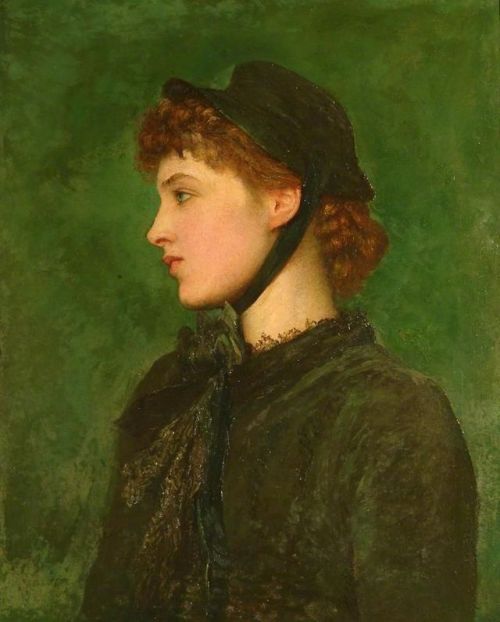
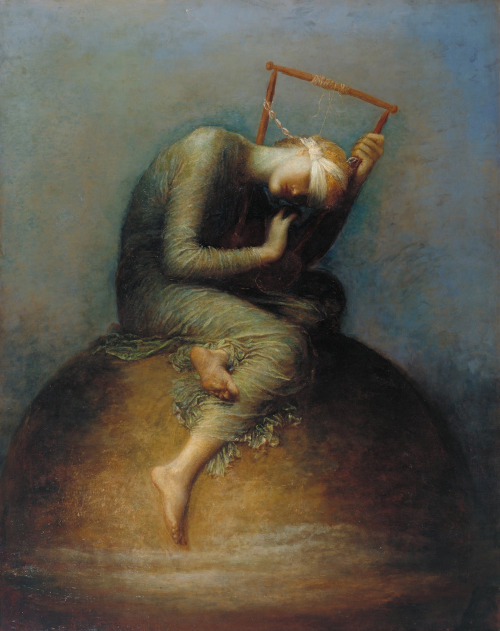


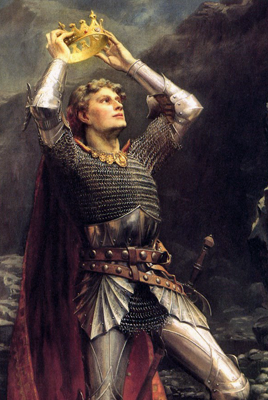
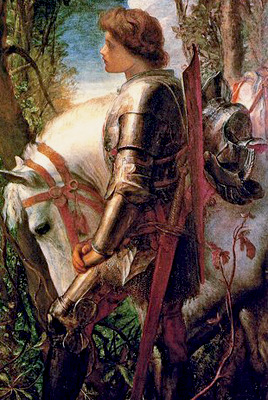
![disease: GEORGE FREDERIC WATTS / “HOPE” / 1886[oil on canvas | 142.2 × 111.8 cm.] disease: GEORGE FREDERIC WATTS / “HOPE” / 1886[oil on canvas | 142.2 × 111.8 cm.]](https://64.media.tumblr.com/25de00f4606793ee1a825a09af4fe6ba/ecf09ba224a4d5ea-5c/s500x750/df3e17645275800caf21f158e4986f3b03204a9e.jpg)
